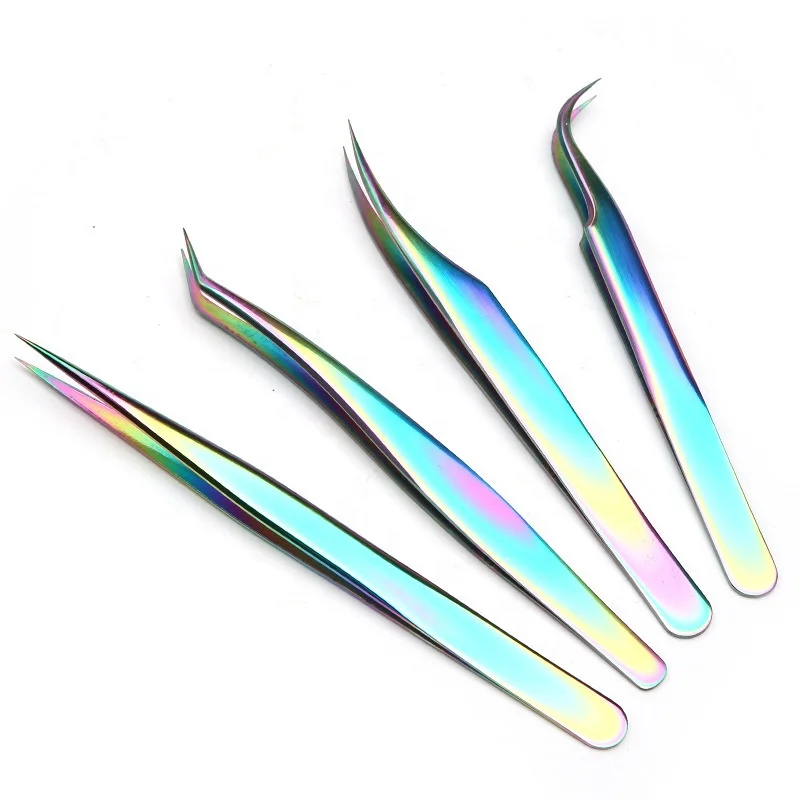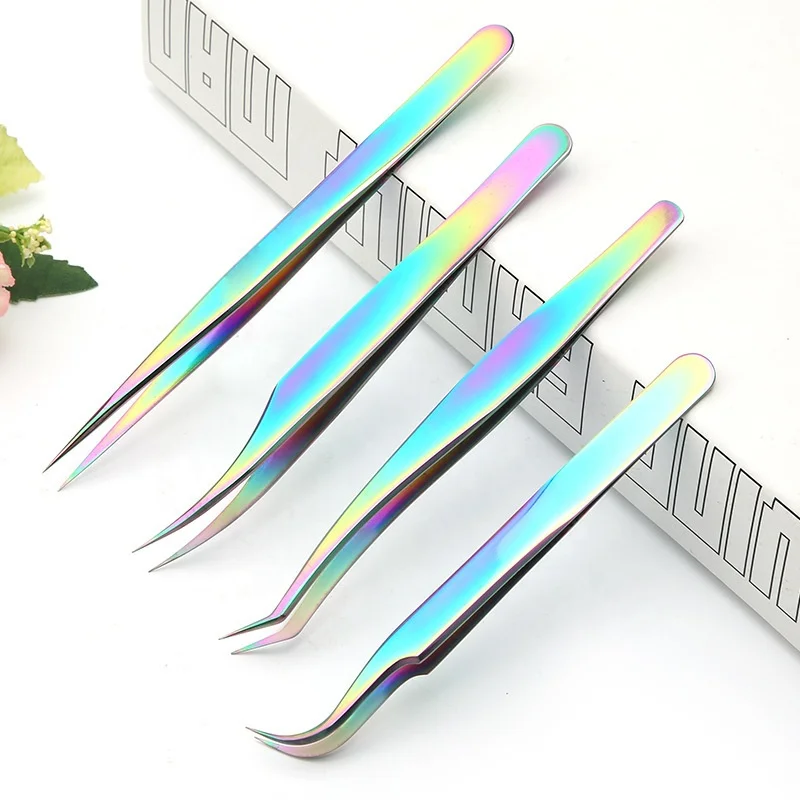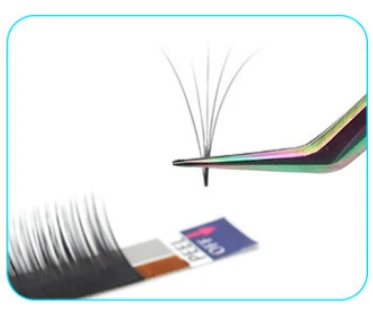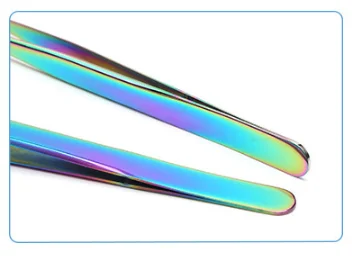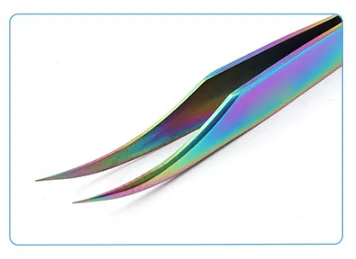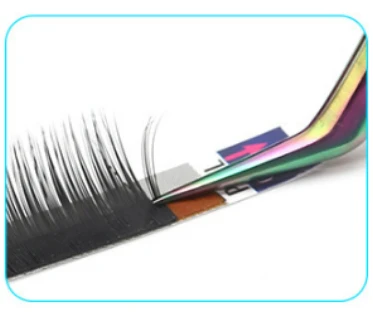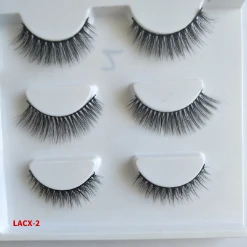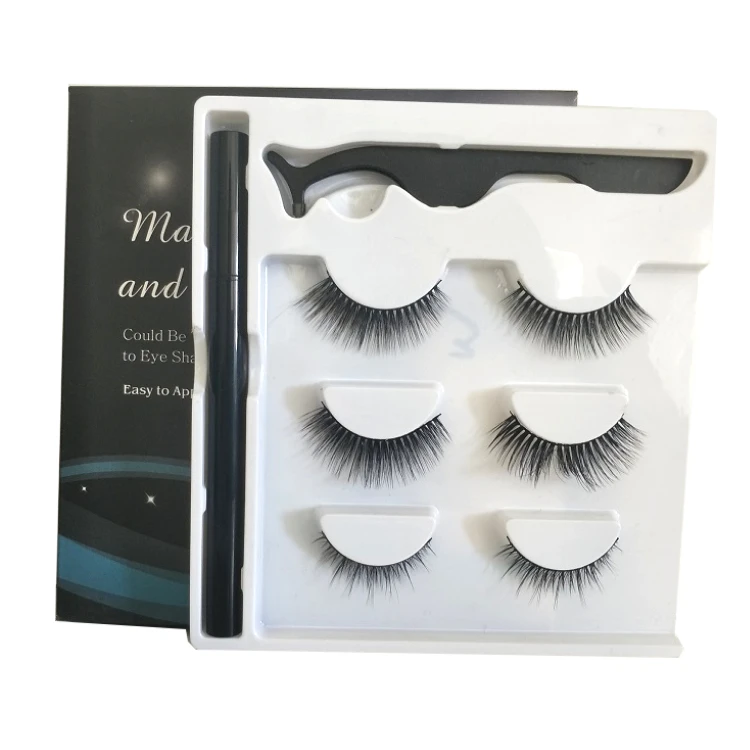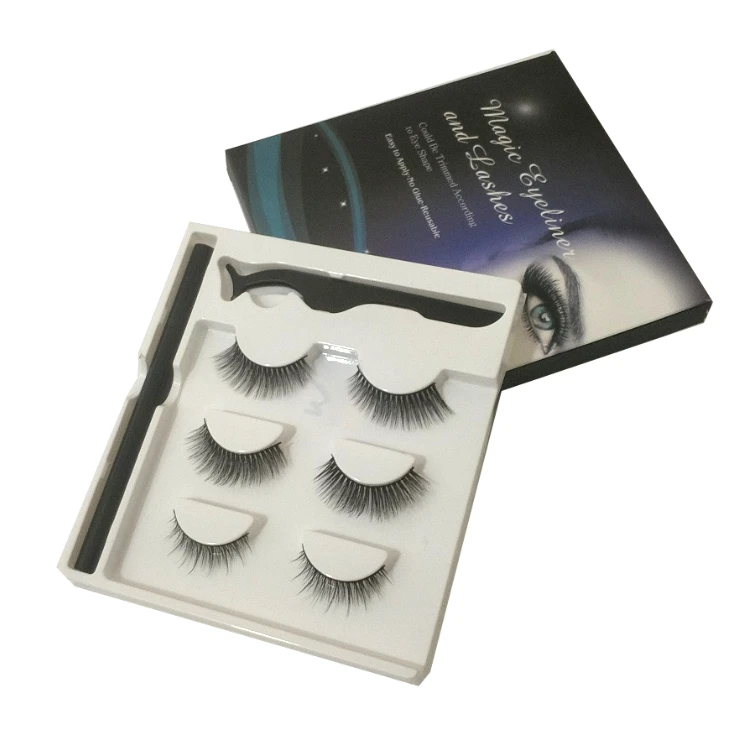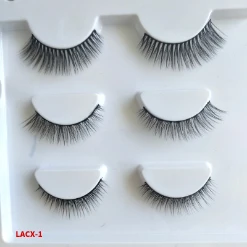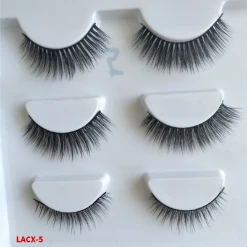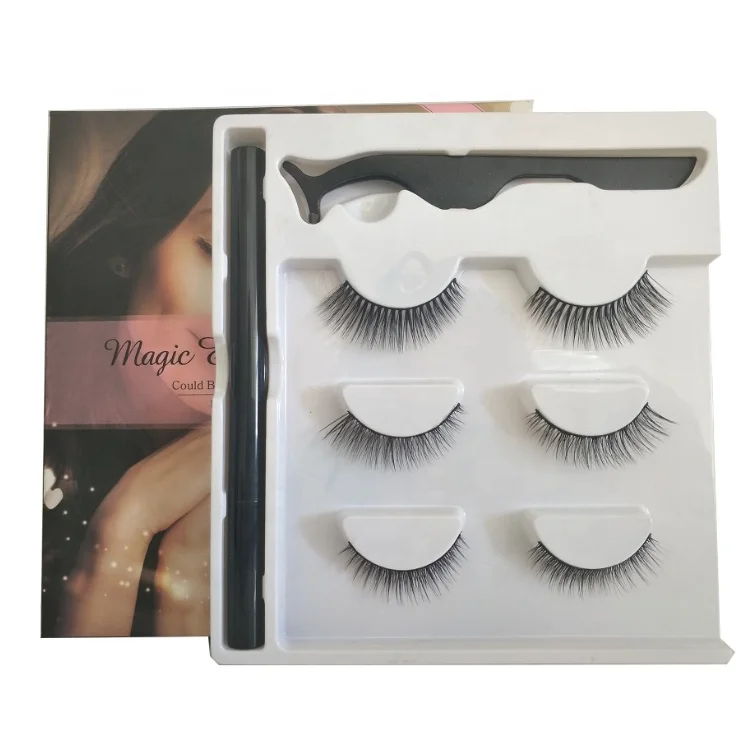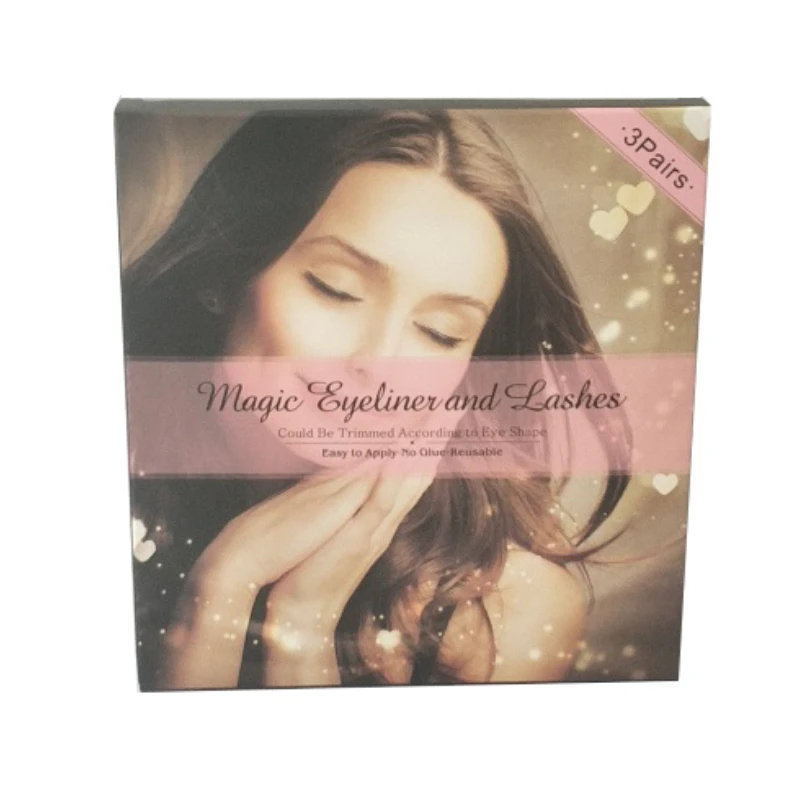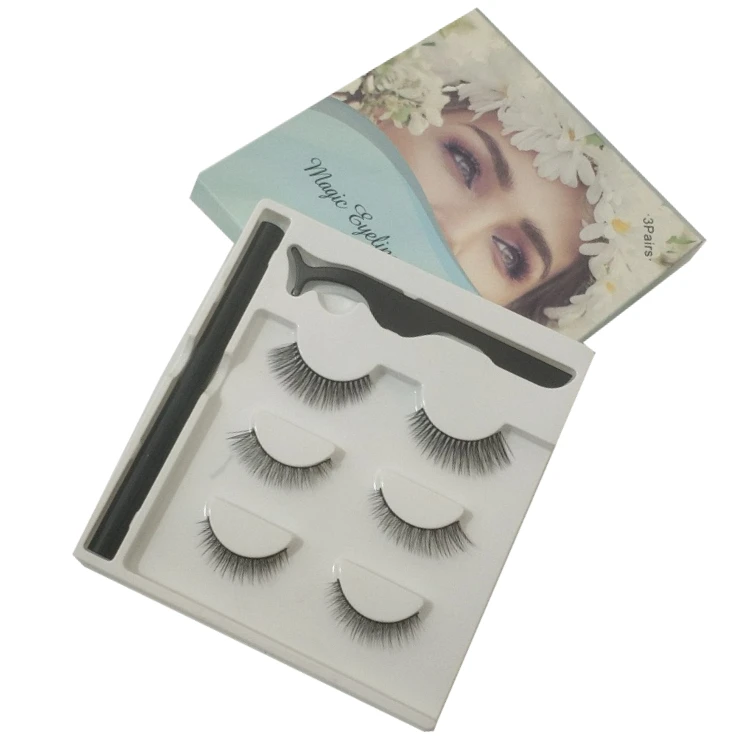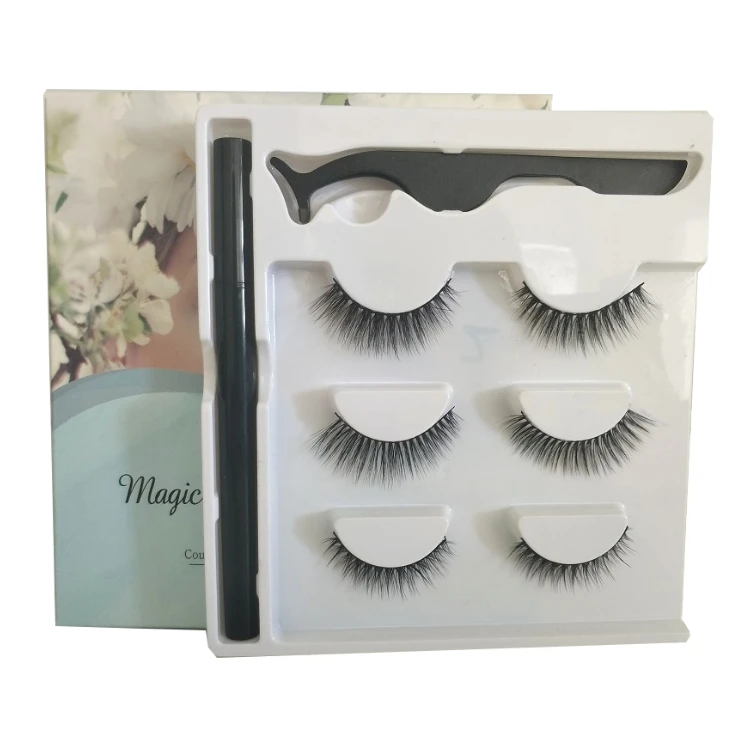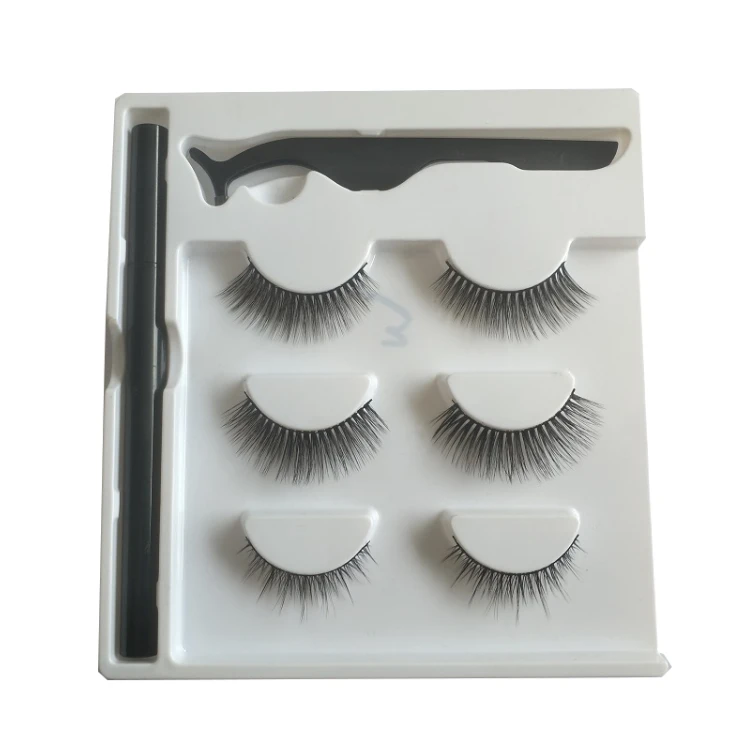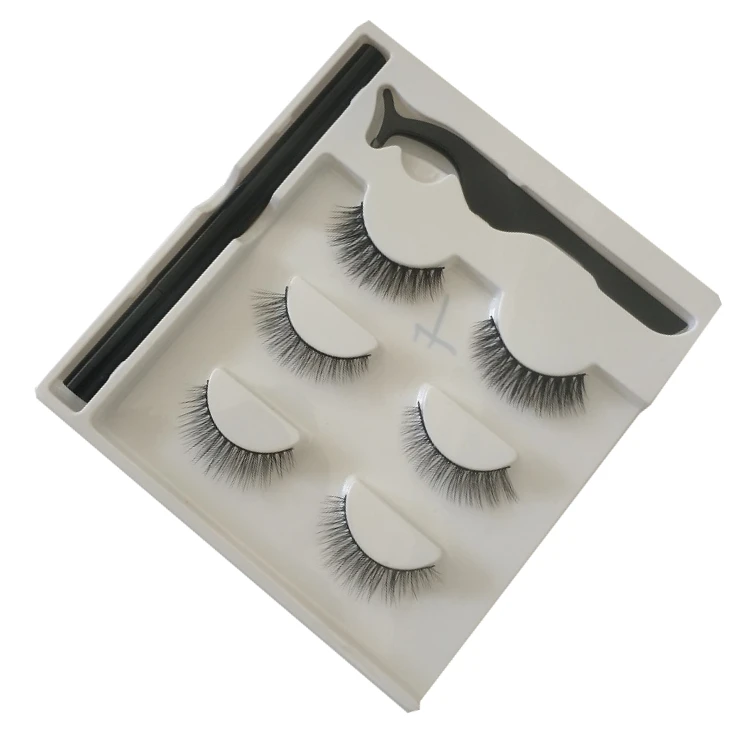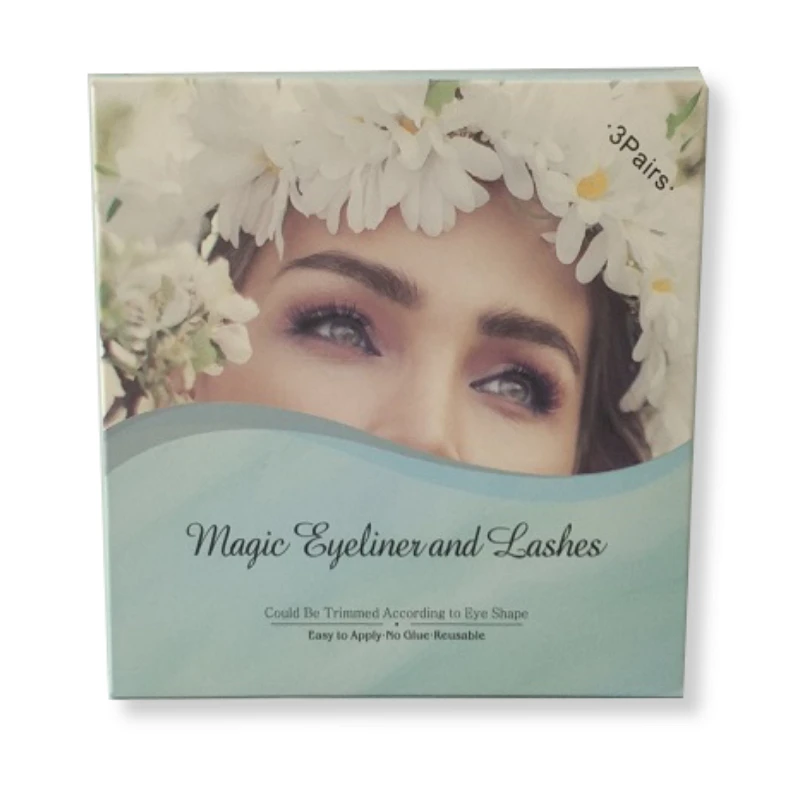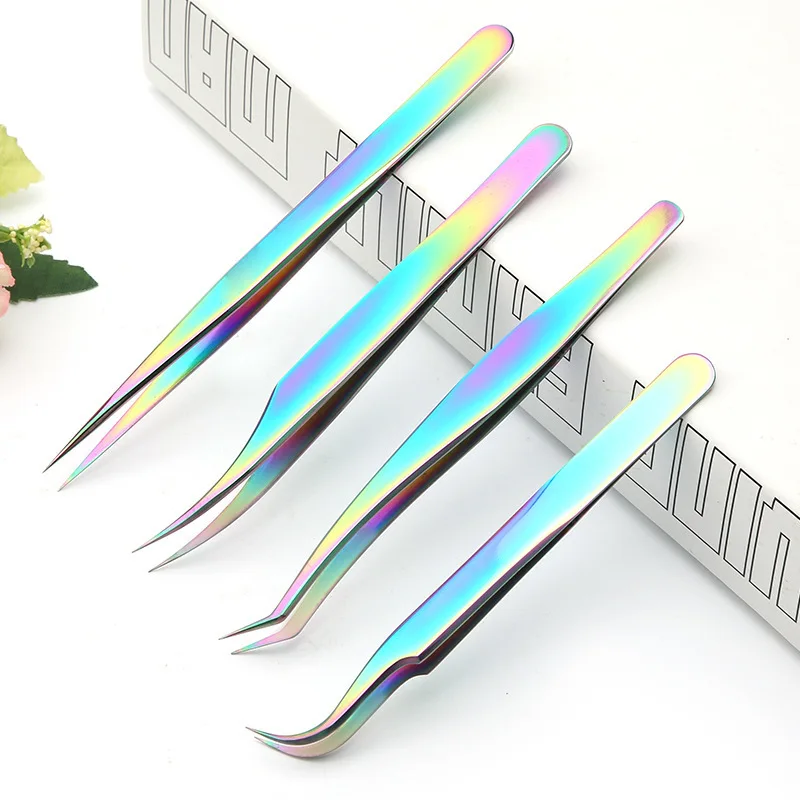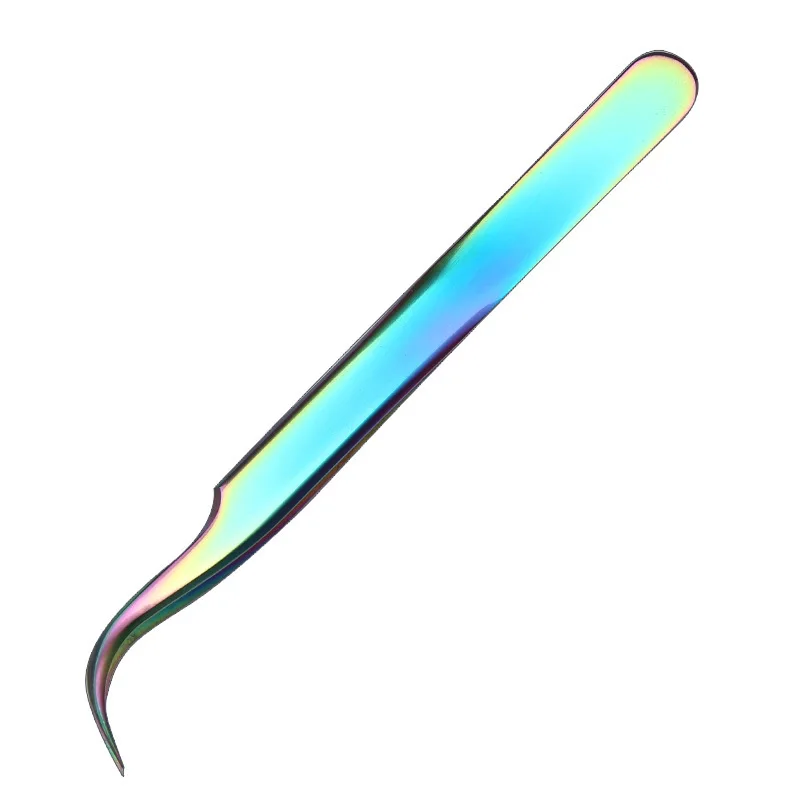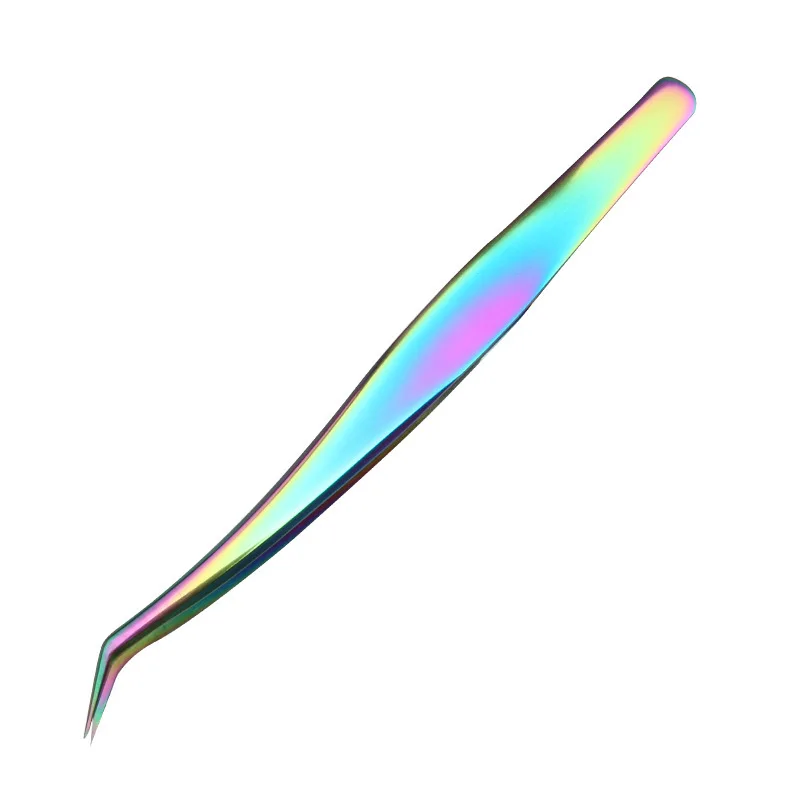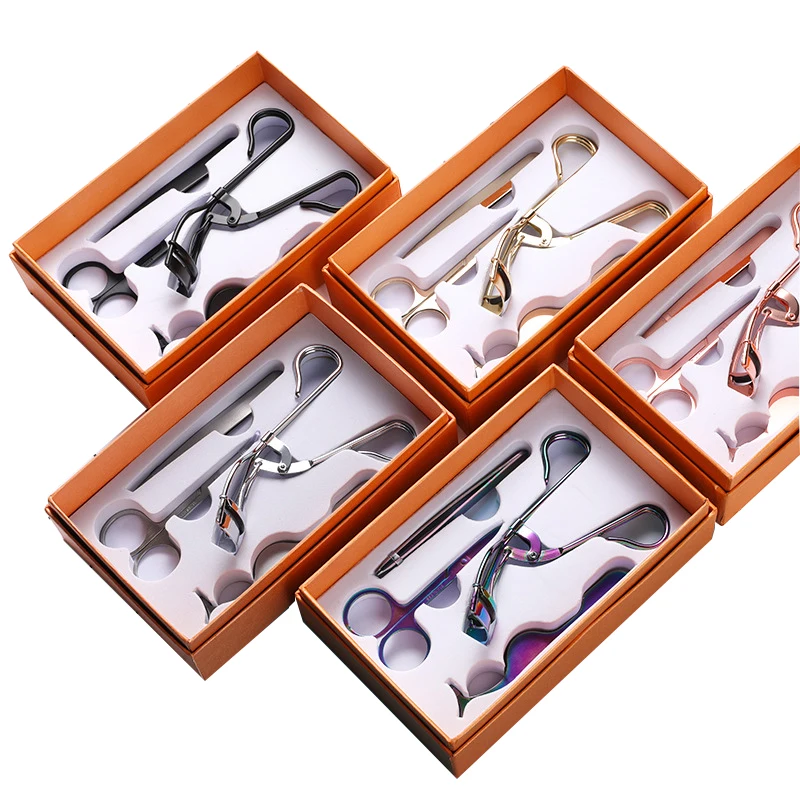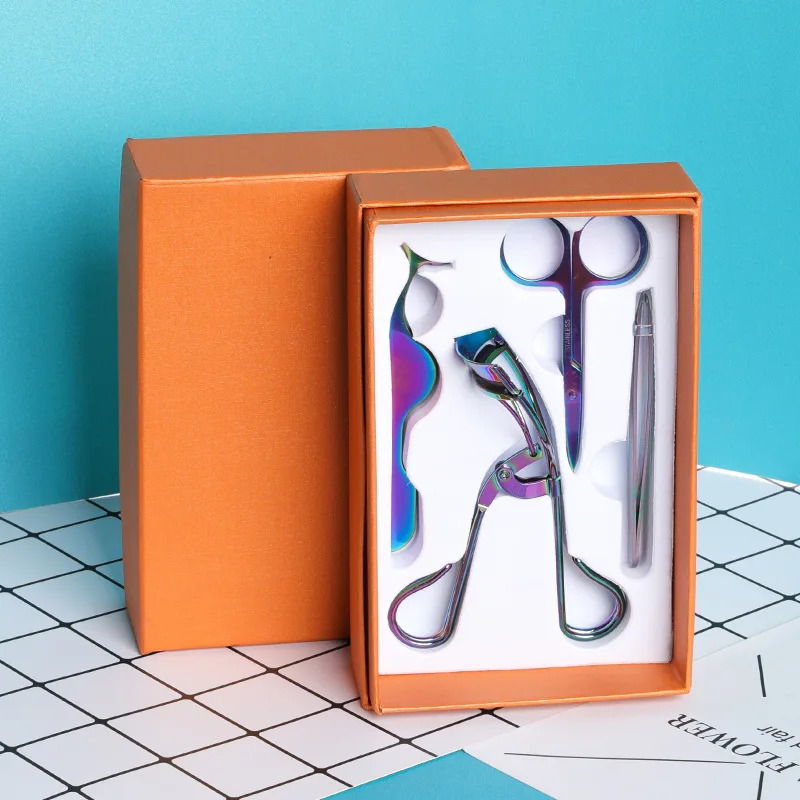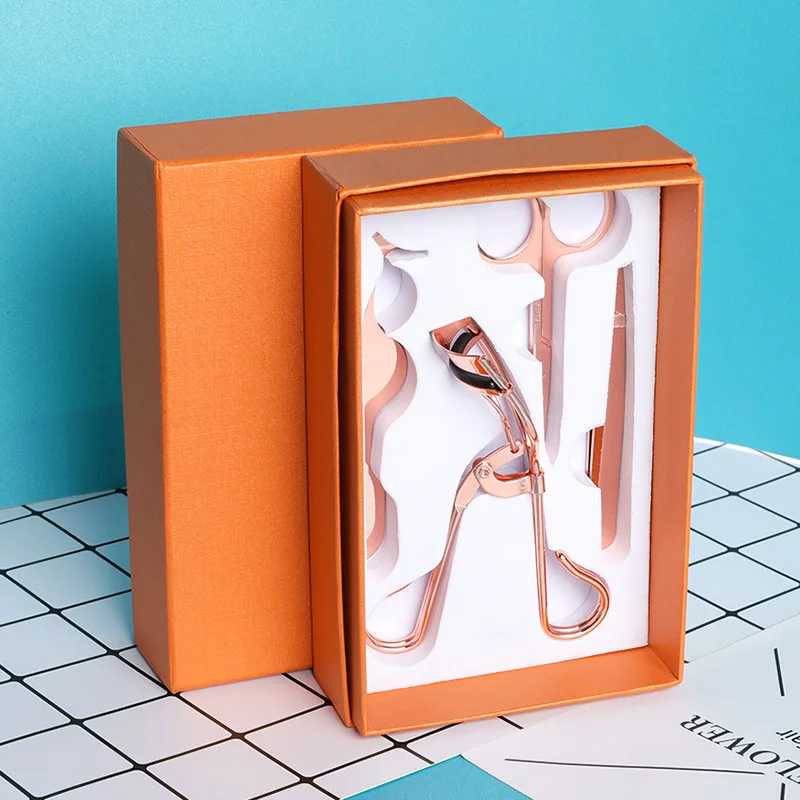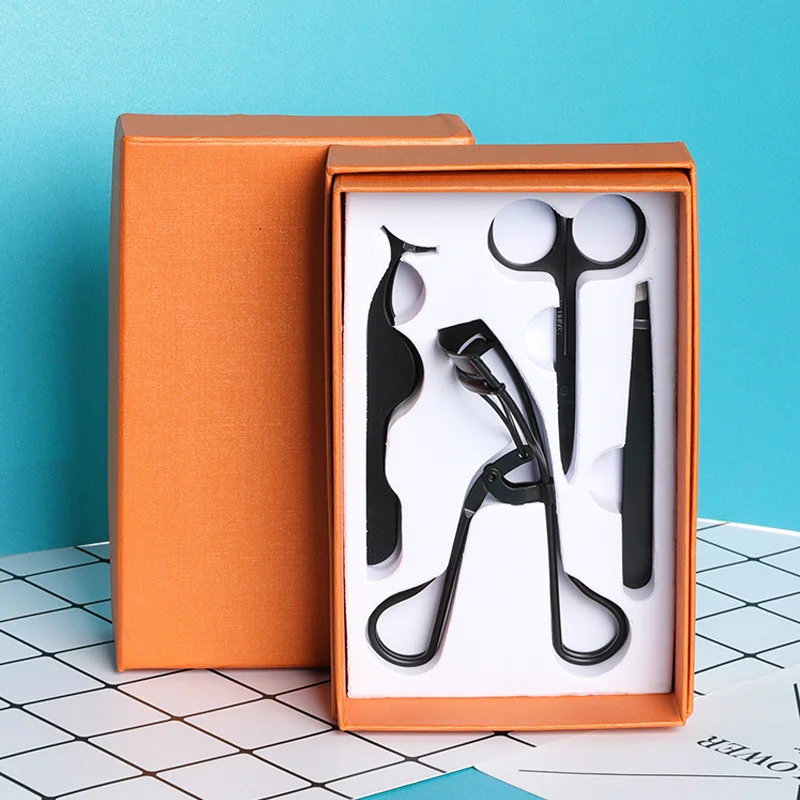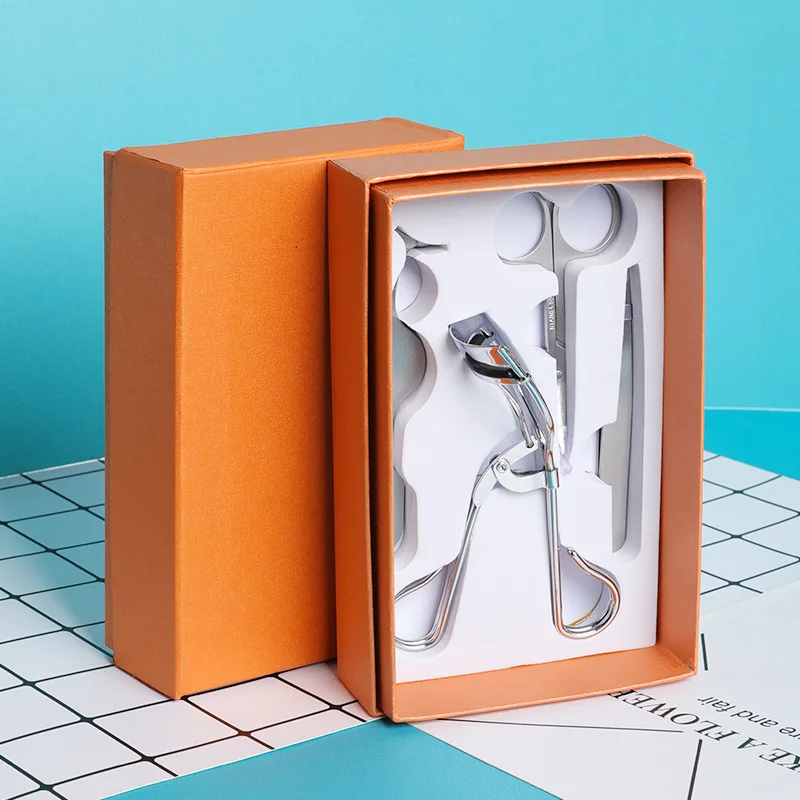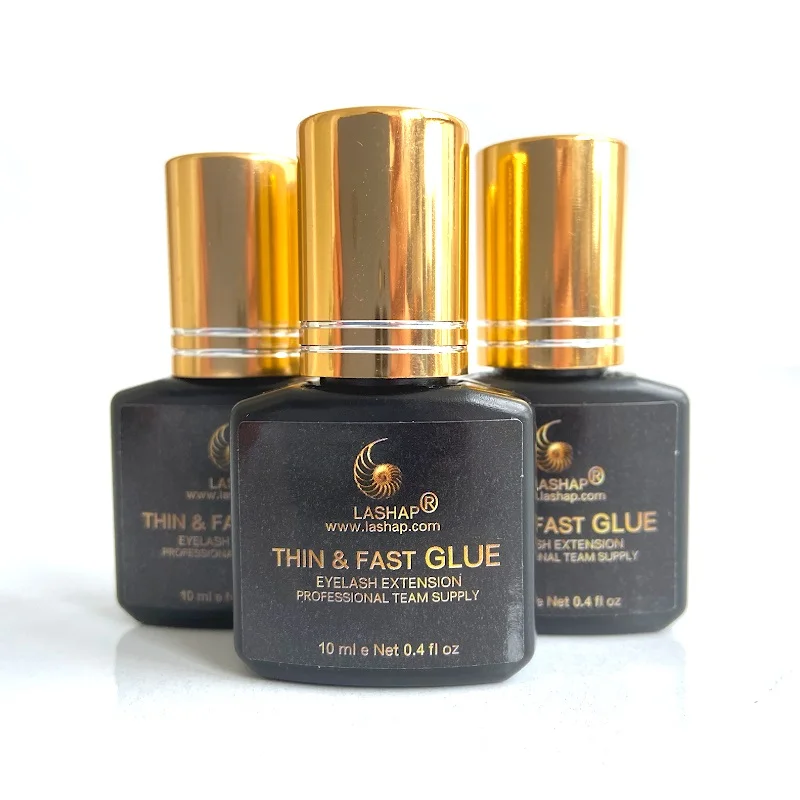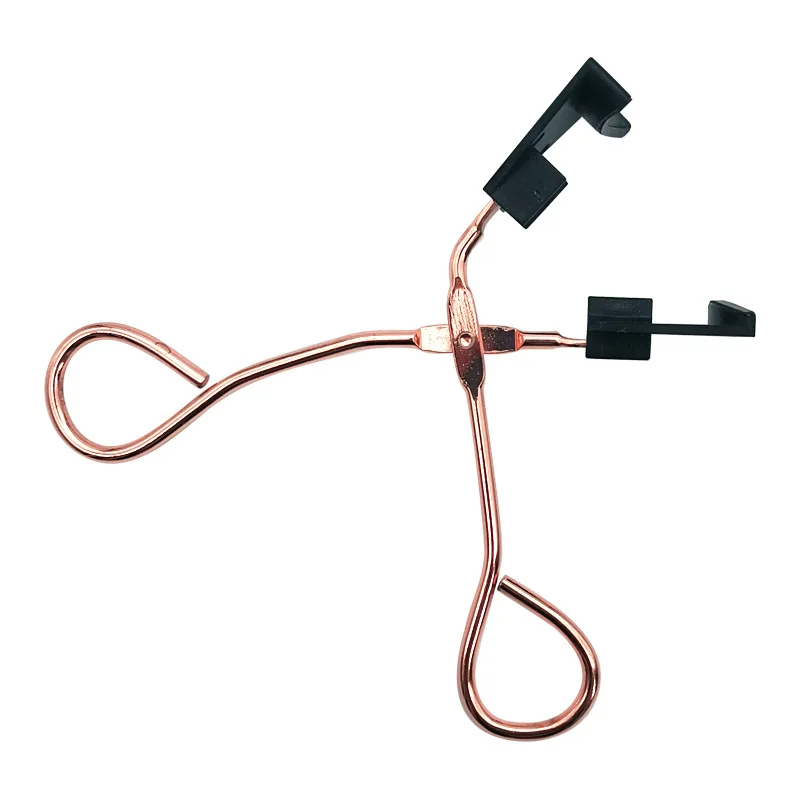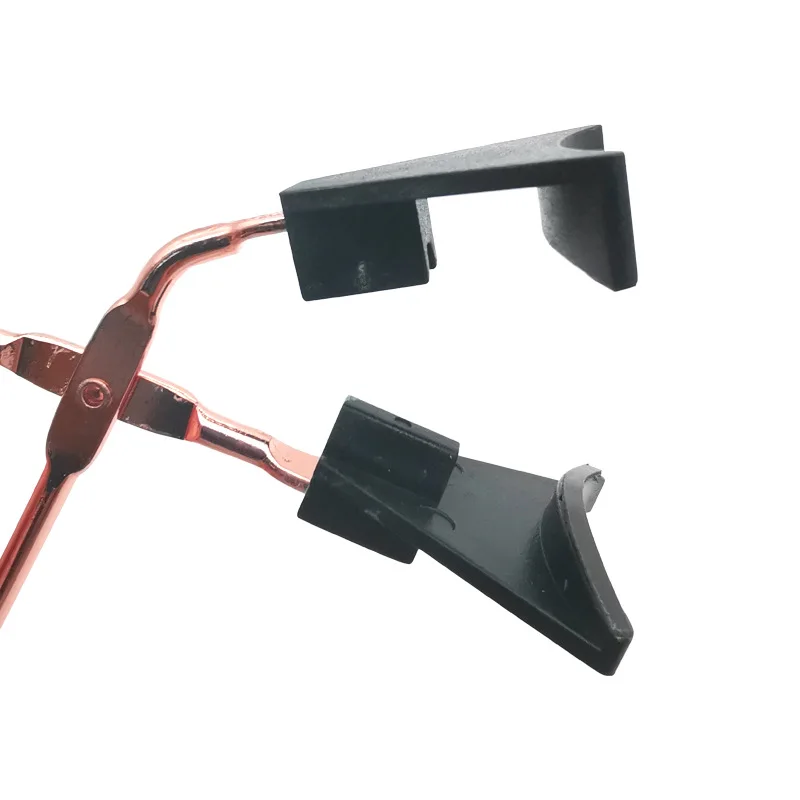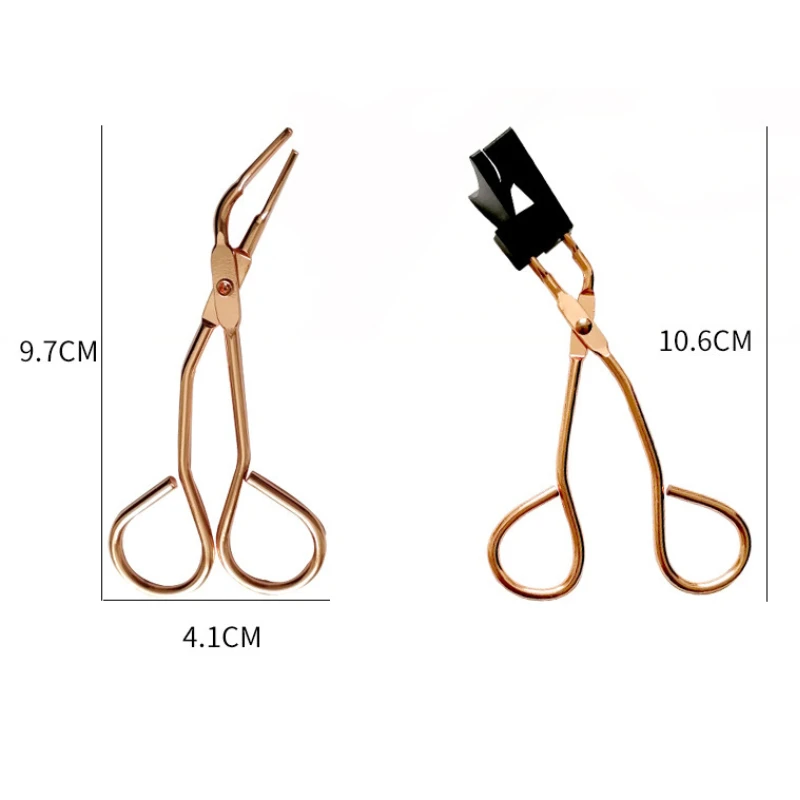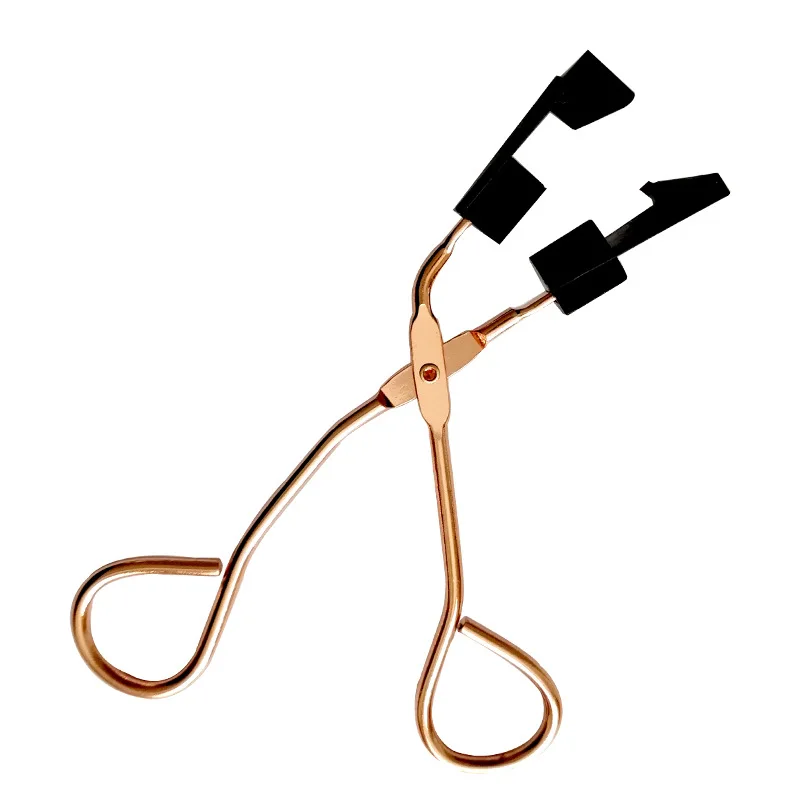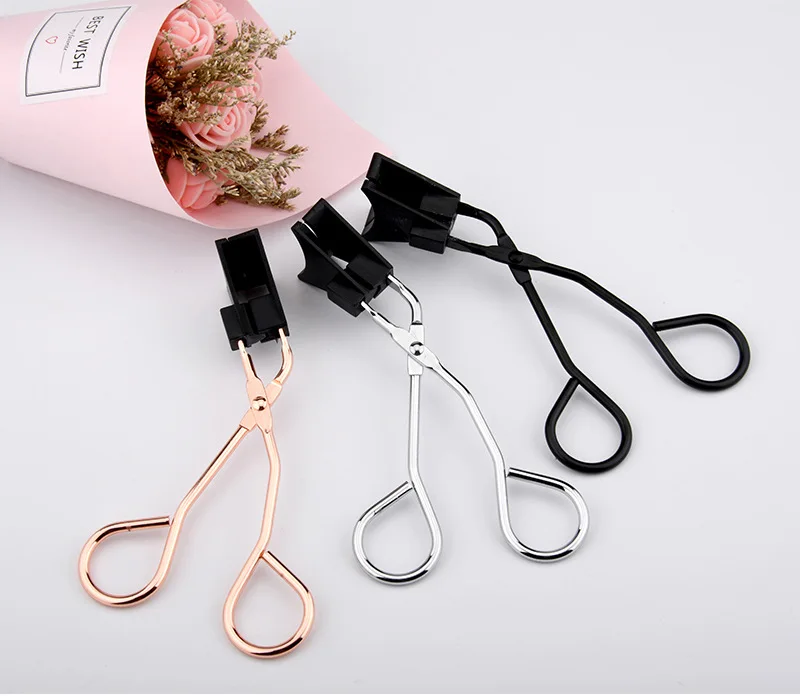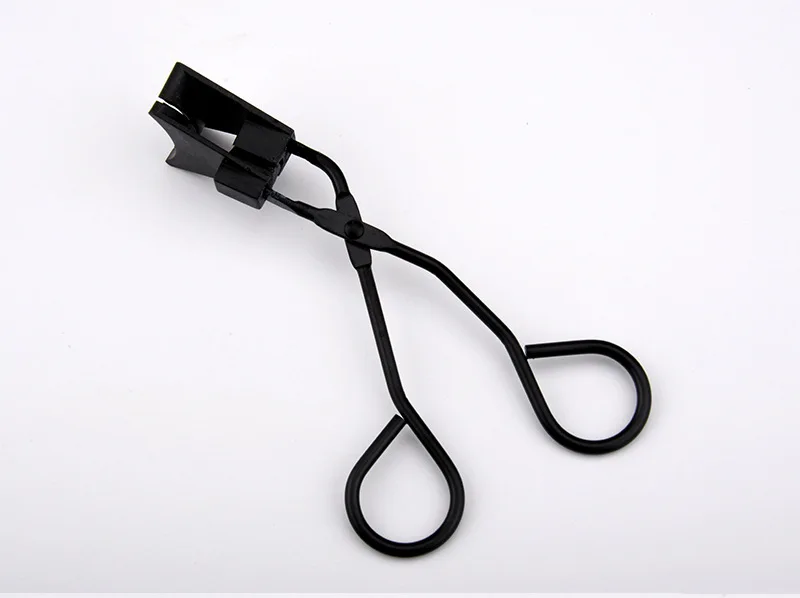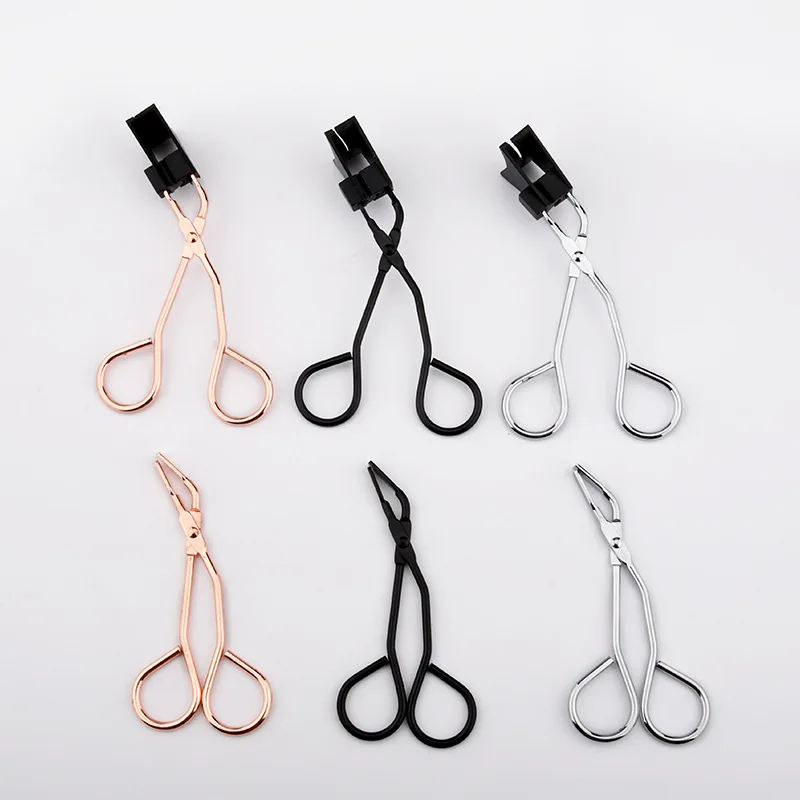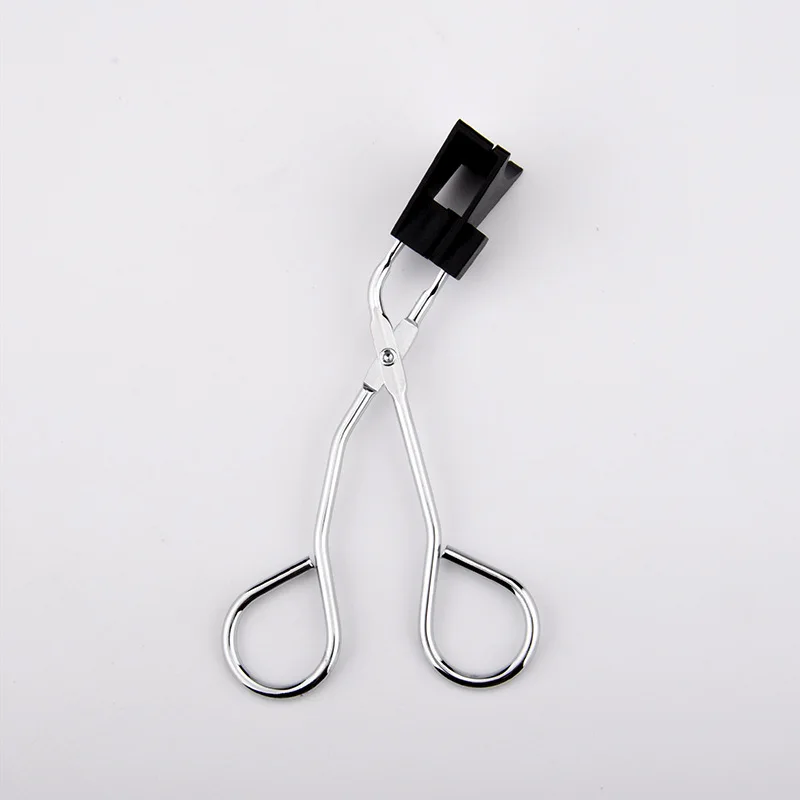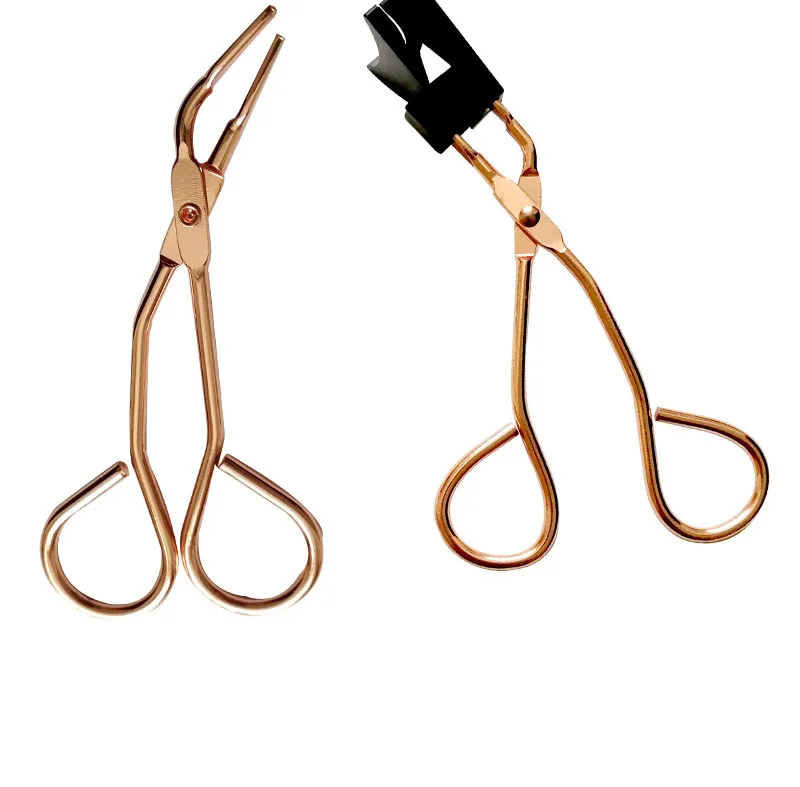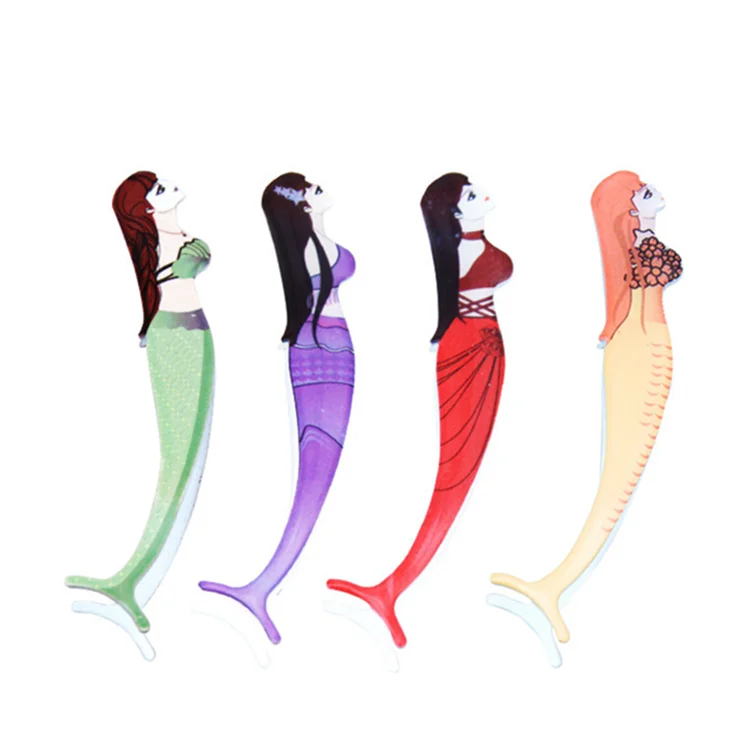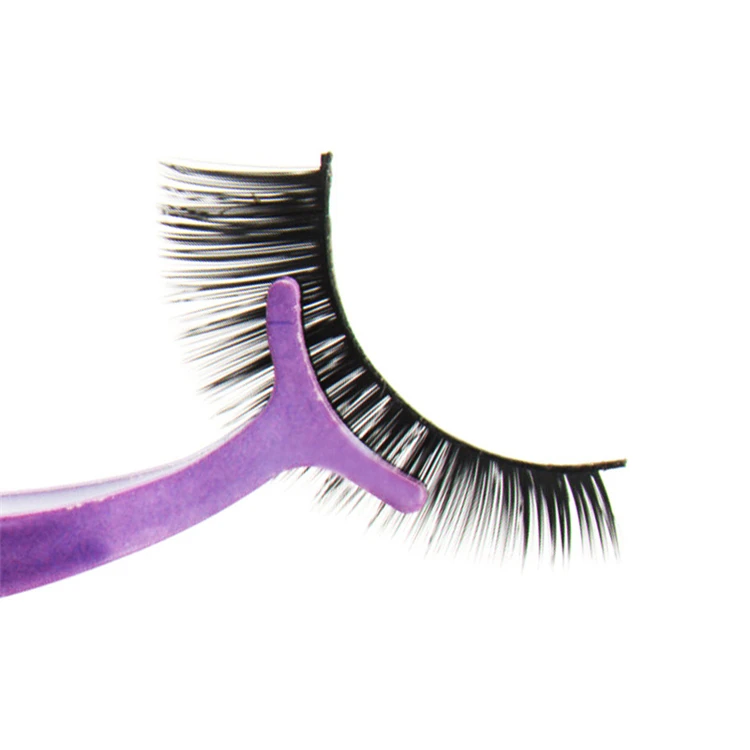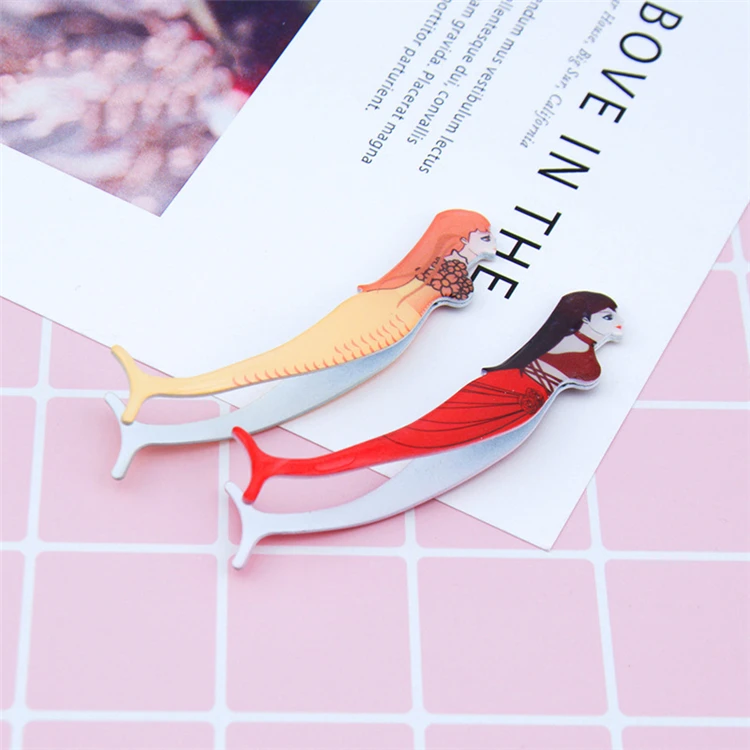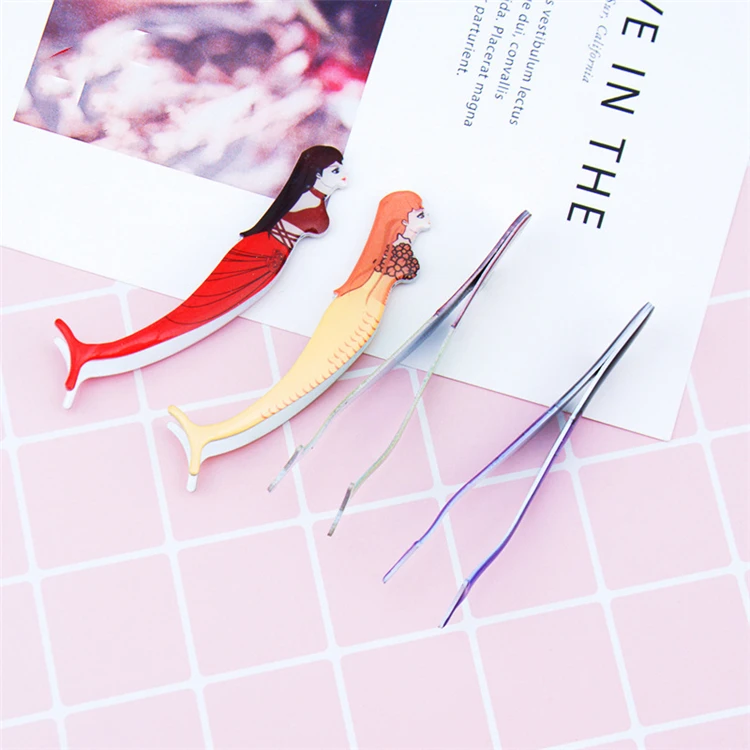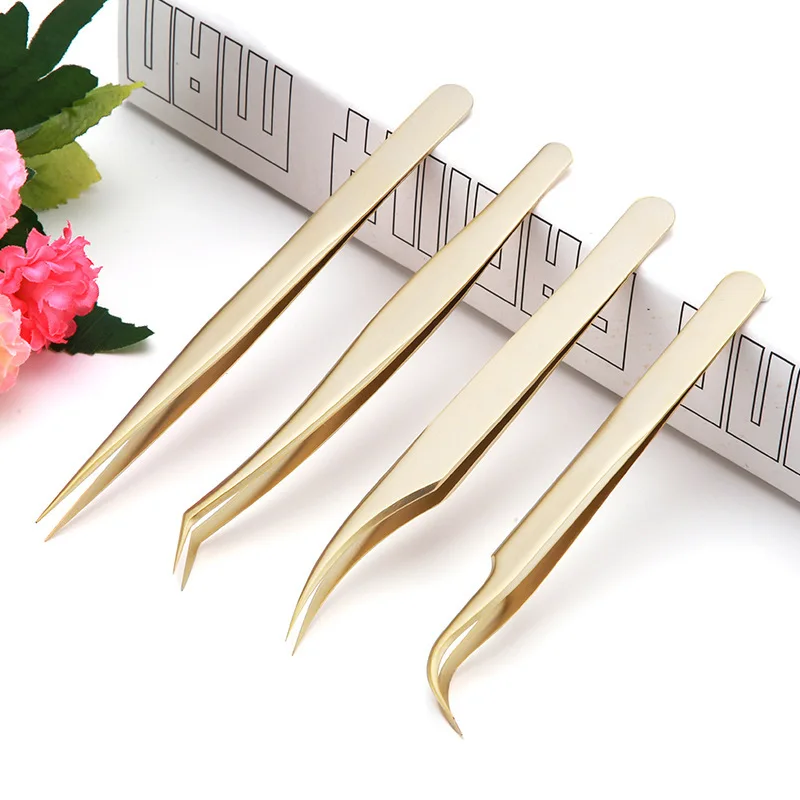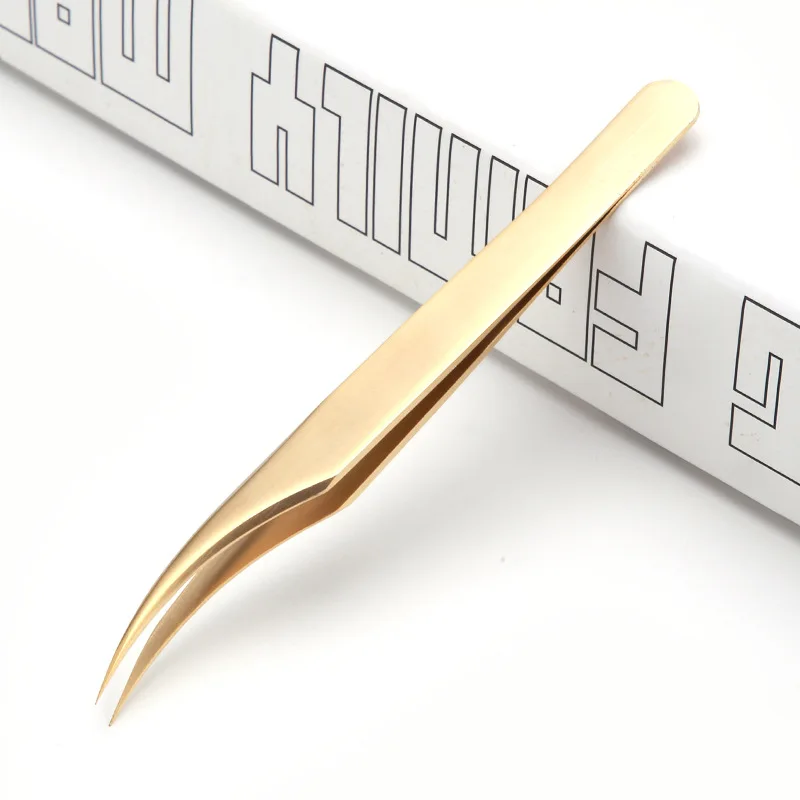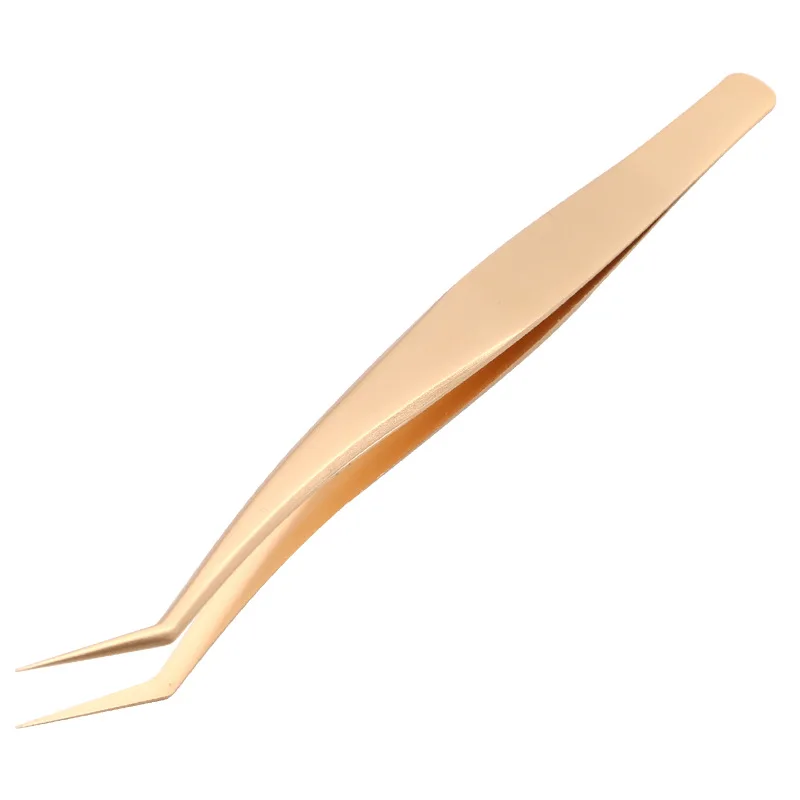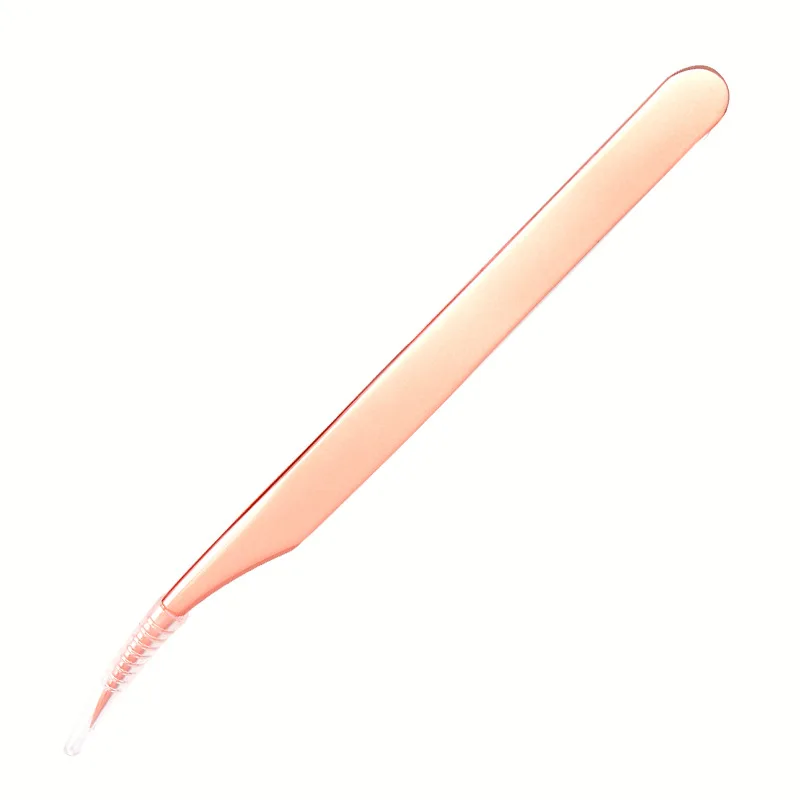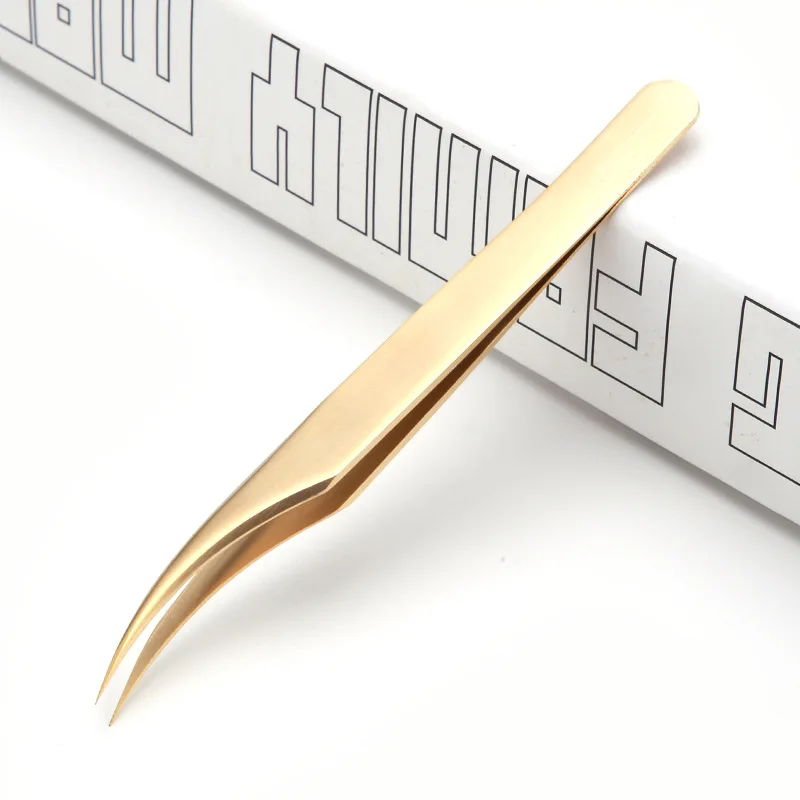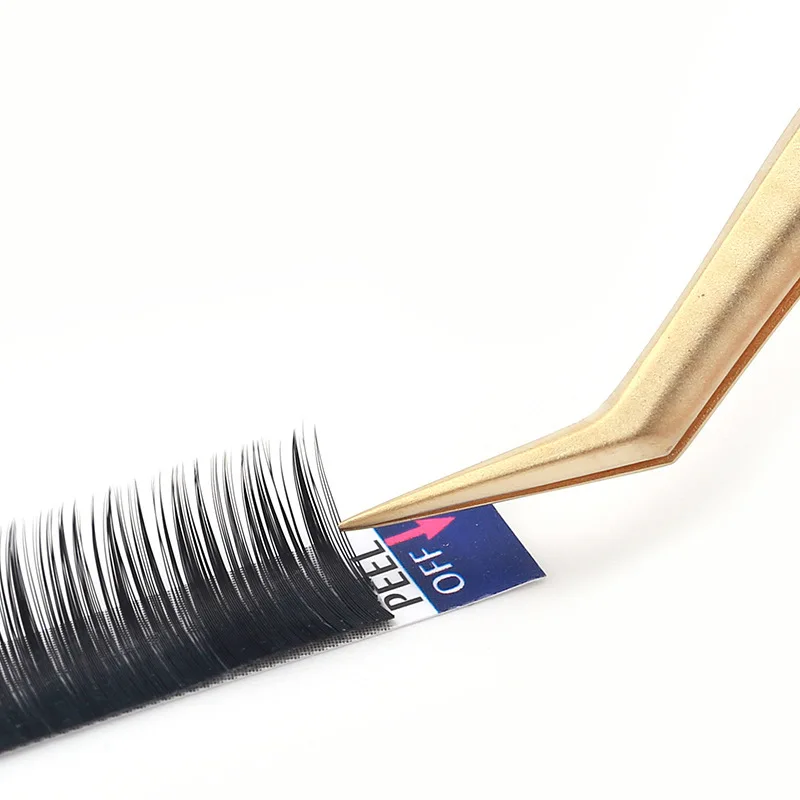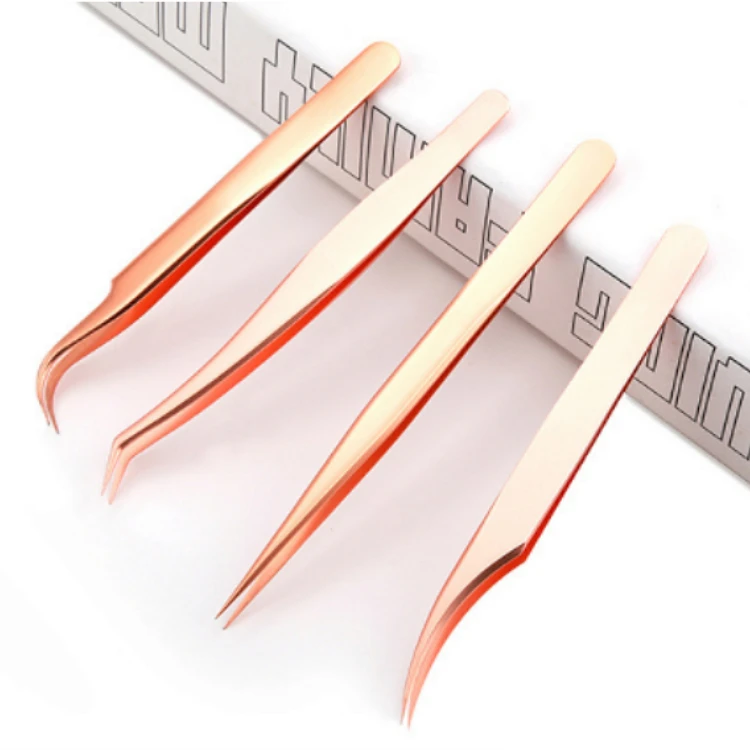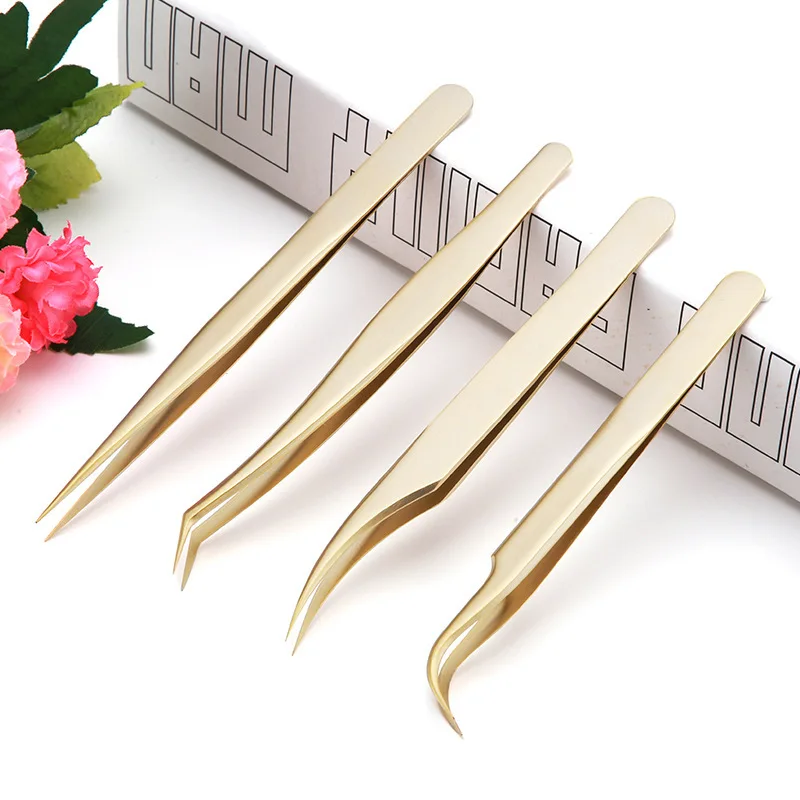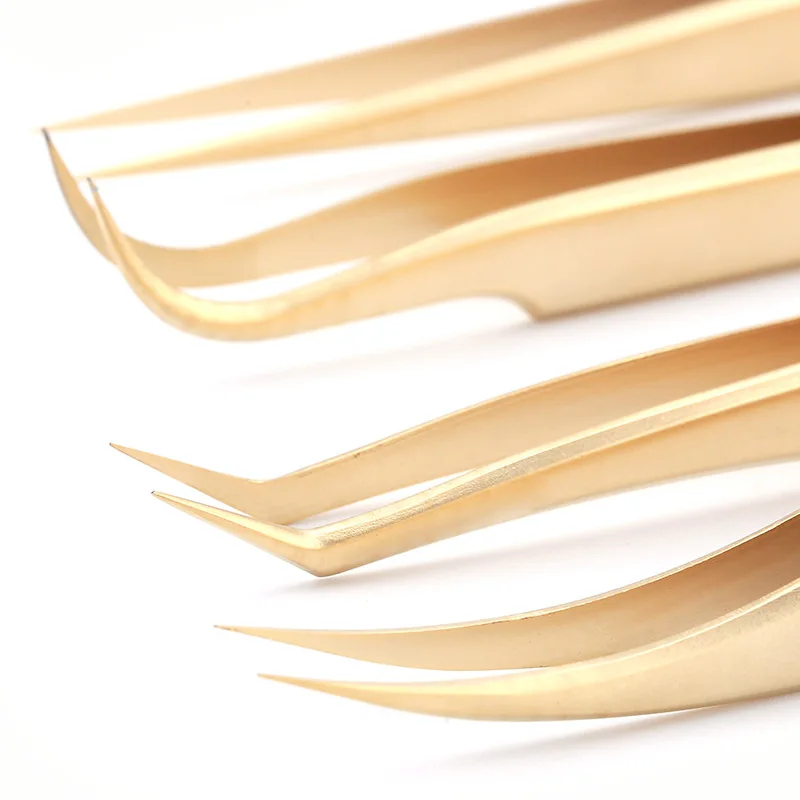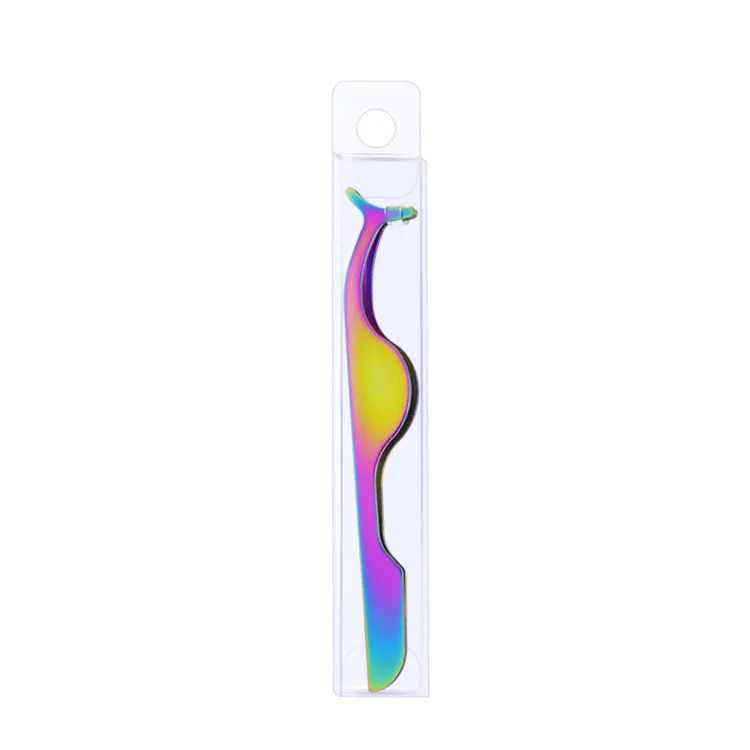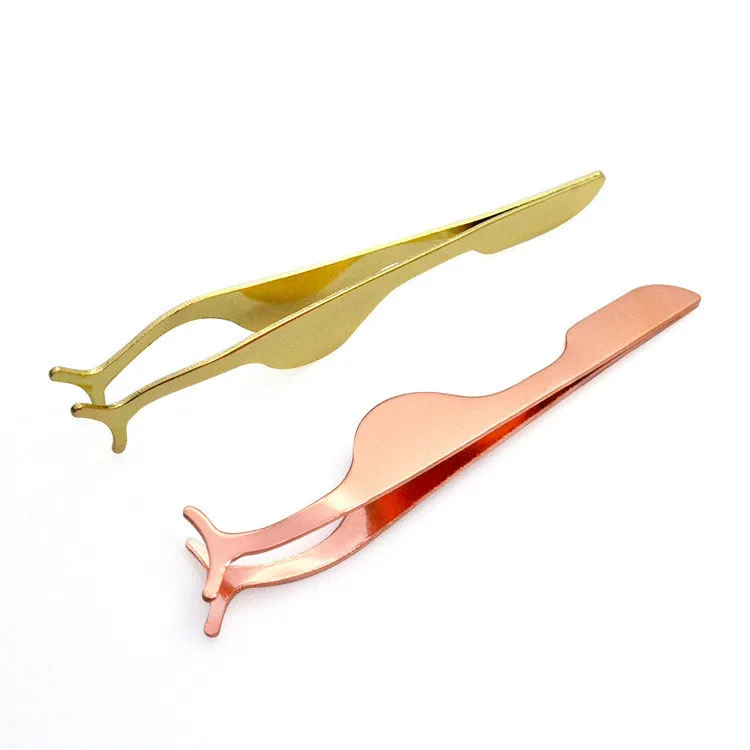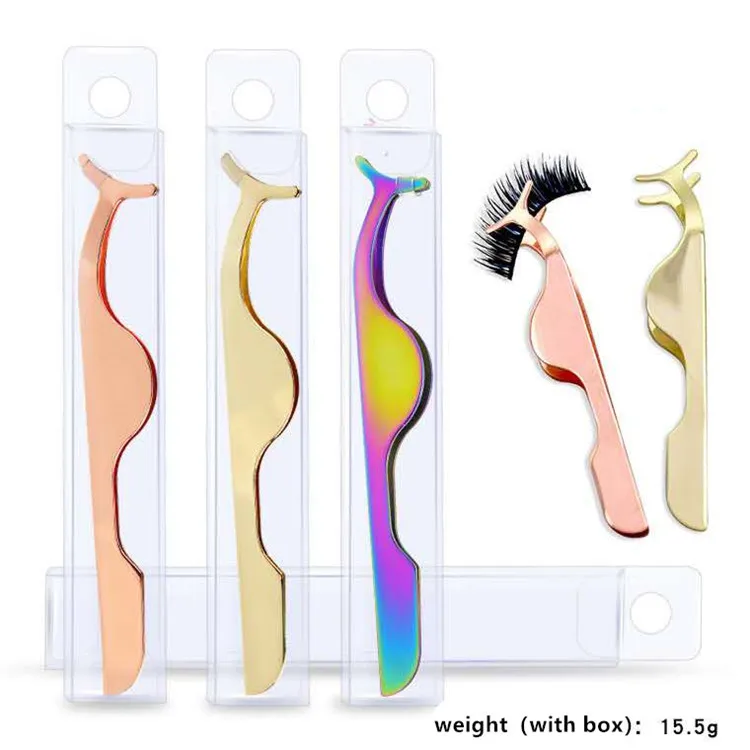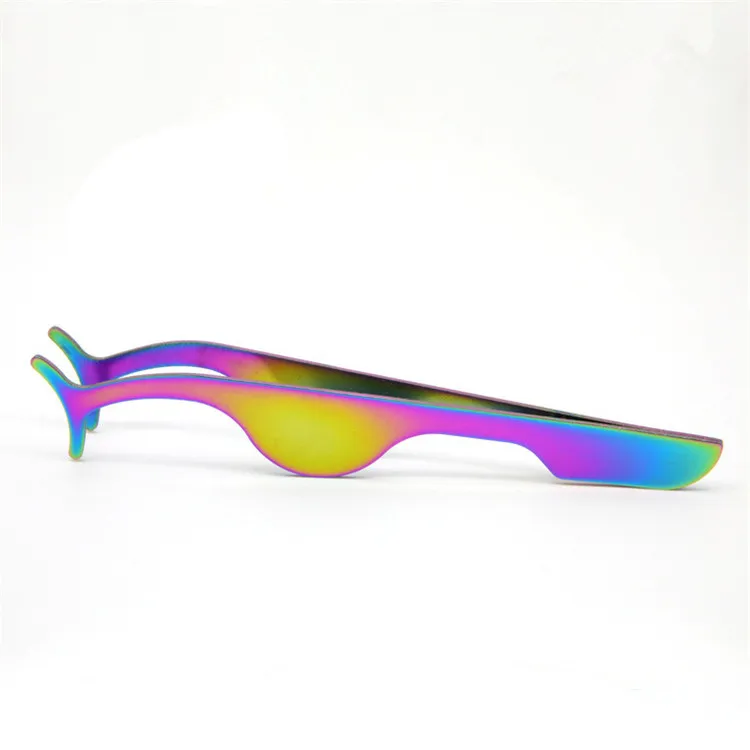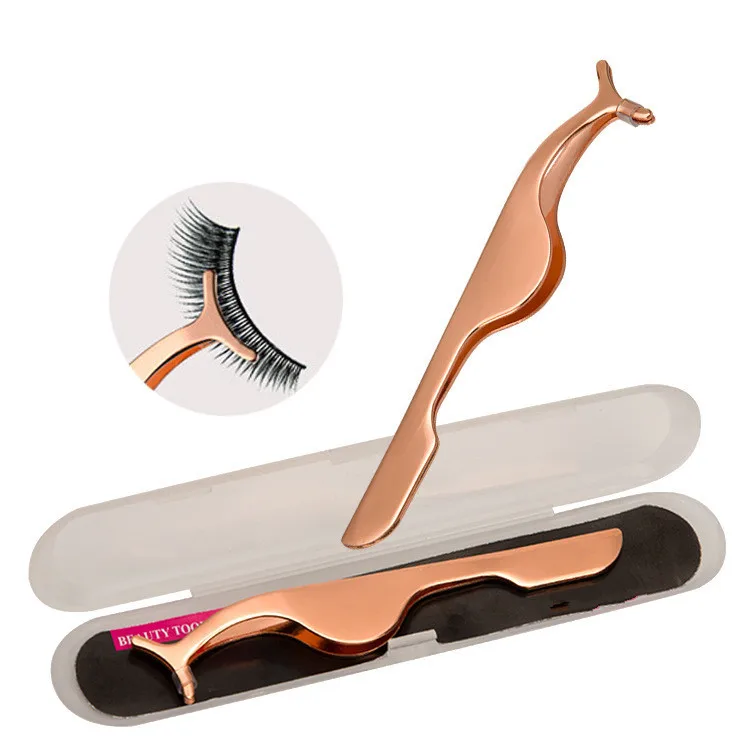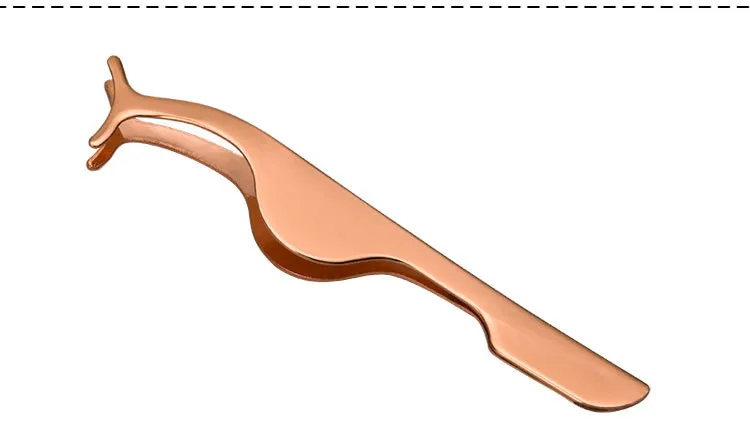The Ultimate Guide to Choosing the Right Tweezer for Your Needs
When it comes to precision tools, tweezers are indispensable in various industries, from electronics to beauty. Whether you're a professional or a DIY enthusiast, selecting the right tweezer can make a significant difference in your work. This guide covers everything from types and features to sourcing reliable suppliers.
How to Find Reliable Tweezer from China in 2025
China remains a leading manufacturer of high-quality tweezers, offering competitive prices and a wide range of options. To find reliable suppliers, consider platforms like Alibaba, which vet manufacturers for quality and reliability. Look for suppliers with verified trade assurances and positive customer reviews. Additionally, request samples to test the product's durability and precision before placing bulk orders.
What Buyers Should Know Before Buying Tweezer from China
Before purchasing tweezers from China, it's essential to understand the market dynamics. Check for certifications like ISO 9001 to ensure quality standards. Be aware of shipping costs and lead times, as these can impact your overall budget. Negotiate minimum order quantities (MOQs) to avoid overstocking. Finally, communicate clearly with suppliers about your specifications to avoid misunderstandings.
Types of Tweezer
Tweezers come in various types, each designed for specific tasks. The most common include:
- Flat Tweezers: Ideal for general-purpose use, such as picking up small objects.
- Pointed Tweezers: Perfect for precision tasks in electronics or jewelry making.
- Angled Tweezers: Great for reaching tight spaces, commonly used in beauty applications.
- Reverse Tweezers: Designed to hold objects without continuous pressure, useful in medical fields.
Functions and Features of Tweezer
The primary function of a tweezer is to grip and manipulate small objects with precision. Key features to look for include:
- Material: Stainless steel is the most durable and resistant to corrosion.
- Tip Design: Determines the level of precision and grip.
- Ergonomic Handle: Ensures comfort during prolonged use.
- Anti-static Coating: Essential for electronics to prevent damage from static electricity.
Scenarios of Tweezer
Tweezers are used in a variety of scenarios, including:
- Electronics: Handling small components during assembly or repair.
- Beauty: Plucking eyebrows or applying false eyelashes.
- Medical: Removing splinters or handling sterile instruments.
- Crafts: Precise placement of beads or other small items.
How to Choose Tweezer
Choosing the right tweezer depends on your specific needs. Consider the following factors:
- Task Requirements: Match the tweezer type to your intended use.
- Material Quality: Opt for high-grade stainless steel for longevity.
- Comfort: Ensure the handle design reduces hand fatigue.
- Budget: Balance cost with quality to get the best value.
Tweezer Q & A
Q: What is the best material for tweezers?
A: Stainless steel is the best due to its durability and resistance to rust.
Q: How do I clean my tweezers?
A: Use alcohol wipes or soapy water, then dry thoroughly to prevent corrosion.
Q: Can tweezers be used for electronics?
A: Yes, but ensure they have an anti-static coating to protect sensitive components.
Q: What’s the difference between angled and pointed tweezers?
A: Angled tweezers are better for reaching tight spaces, while pointed tweezers offer precision for small objects.
Q: How do I know if a supplier is reliable?
A: Check for certifications, customer reviews, and request samples before bulk ordering.


